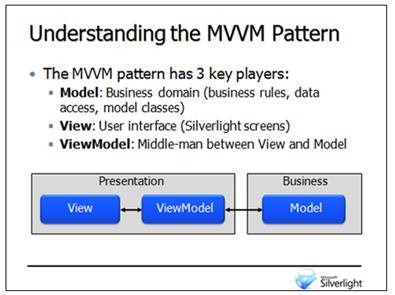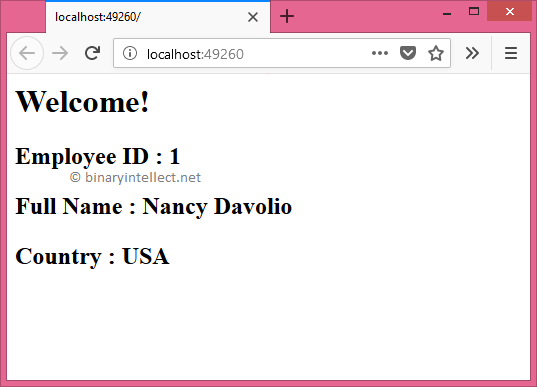


In essence, this starts the actual monitoring - you are informing FileSystemWatcher to start monitoring the path and raise appropriate events henceforth.įor each of the events that you have declared, you should have the respective event handler that gets executed when the event is triggered. Here's the source code of the event handlers that would be triggered as and when a change to the directory being monitored occurs. Note how the events are declared and that the EnableRaisingEvents property of the file system watcher object is set to true to enable raising events when a change on the path being monitored occurs. Private static void MonitorDirectory(string path)įileSystemWatcher fileSystemWatcher = new FileSystemWatcher() įileSystemWatcher.Created += FileSystemWatcher_Created įileSystemWatcher.Renamed += FileSystemWatcher_Renamed įileSystemWatcher.Deleted += FileSystemWatcher_Deleted įileSystemWatcher.EnableRaisingEvents = true The directory path is passed as an argument to the method. This method would be used to monitor a particular directory and raise events whenever a change occurs. String path = following code snippet shows how the MonitorDirectory method would look like.
#.NET FILEWATCHER EXAMPLE WINDOWS#
You can build a Windows Service that uses the FileSystemWatcher class and sends out notifications as and when changes occur to the path being watched.Īnyway, let’s now get into a bit of code now. In the Main method of the Program.cs file, write the following code. Note that a better way to use the FileSystemWatcher class would be by using a Windows Service. Let's create a new console application project in Visual Studio to demonstrate how a typical file system watcher works. Renamed: This event is triggered when a file or a directory in the path being monitored is renamedĬreating a simple file system watcher in C#.Error: This event is triggered there is an error due to changes made in the path being monitored.Deleted: This event is triggered when a file or a directory in the path being monitored is deleted.Created: This event is triggered when a file or a directory in the path being monitored is created.Changed: This event is triggered when a file or a directory in the path being monitored is changed.The FileSystemWatcher raises the following events when changes occur to a directory that it is monitoring. In order for the FileSystemWatcher to work, you should specify a directory that needs to be monitored. It watches a file or a directory in your system for changes and triggers events when changes occur. # find the path to the desktop folder: $desktop = :: GetFolderPath ( 'Desktop' ) # specify the path to the folder you want to monitor: $Path = $desktop # specify which files you want to monitor $FileFilter = '*' # specify whether you want to monitor subfolders as well: $IncludeSubfolders = $true # specify the file or folder properties you want to monitor: $AttributeFilter = :: FileName, :: LastWrite # specify the type of changes you want to monitor: $ChangeTypes = :: Created, :: Deleted # specify the maximum time (in milliseconds) you want to wait for changes: $Timeout = 1000 # define a function that gets called for every change: function Invoke-SomeAction # subscribe your event handler to all event types that are # important to you.The FileSystemWatcher class in the System.IO namespace can be used to monitor changes to the file system. Whenever a change is detected, Invoke-SomeAction is called.

This is straight-forward: the script below monitors your desktop and all of its subfolders for new files and for deletion of files. However, responding to events is not trivial in a single-threaded environment like PowerShell.

This way, you cannot miss change events because the FileSystemWatcher is constantly monitoring. Instead, whenever a change occurs, an event is fired, and your script can respond to the events. Advanced Mode: In asynchronous mode, the FileSystemWatcher does not block PowerShell.This approachis very simple to implement however there is a chance to miss change events when they occur in rapid succession. This blocks PowerShell until either the change occurs or a timeout is reached. Simple Mode: In synchronous mode, you ask the FileSystemWatcher to wait for a single change.You can invoke the FileSystemWatcher in two ways: It can monitor a single folder or include all subfolders, and there is a variety of filters. The FileSystemWatcher object can monitor files or folders and notify PowerShell when changes occur. This way, you can create “drop” folders and respond to log file changes. With a FileSystemWatcher, you can monitor folders for file changes and respond immediately when changes are detected.


 0 kommentar(er)
0 kommentar(er)
